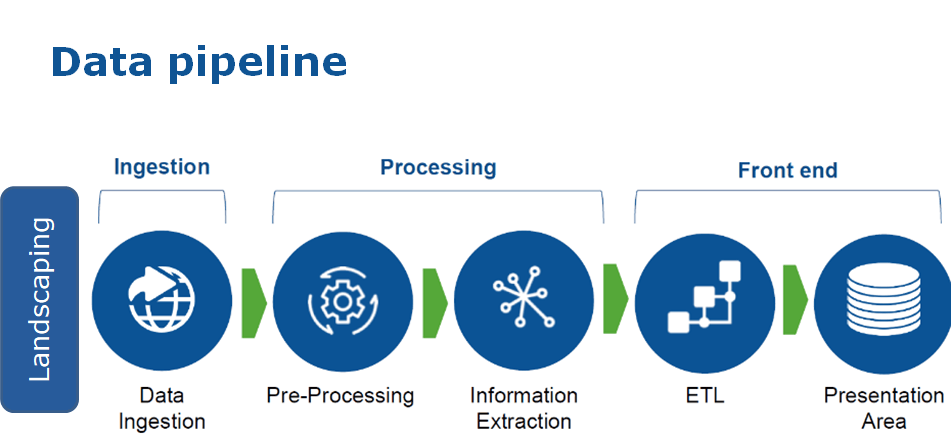How Bolster Builds
At Bolster we are building a better data platform by doing product development differently. In part due to our unique blend of experiences, we understand that the alchemy of turning data into value is a winding road, and that a balance must be struck between the scalability that comes with Cloud SaaS and the benefits of flexible low/no-code UX that empowers semi-technical analysts and nontechnical operators. We believe that developing transformational insight is an especially “human” process, and that moving data through your pipeline such that it generates insight “sausage” requires the right mix of programmatic and human-centered interfaces. We believe that every member of the enterprise should have access to the data they need to do their jobs better, in a way that makes sense to them.
How is Bolster Different?

It’s tempting to give in to Architecture mantra that everything must be (or at least should be) expressed through code and programmatic interfaces like APIs. At first glance the scalability and Cost To Serve (CTS) benefits of a fully automated release pipelines seem enticing, but in reality these mythical consolidated release pipelines often struggle to respond to evolving business questions. Although the attached picture of an idealised data pipeline seems straightforward, demand for better tools is what makes the Data Wrangling market worth >$3Bn. While recognising the importance of maintaining high scalability and low CTS for our SaaS data platform, we also note the requirement for low-code/no-code interfaces that allow for the rapid prototyping and collaboration needed to drive an organisation with data.
Therefore, Bolster’s approach includes a blend of automated and human-optimised tools for data wrangling, cleansing, transformation, storage, query, visualisation, and collaboration. In order to achieve the rapid iteration against previously intractable customer problems we rely on extensive use of data munging and prototyping tools for initial engagements that allow us to rapidly integrate and define customer problems. Once we’ve wrangled data into shape in our integration platform, and delivered value through our prototyping process, only then do we seek to extrude the gold nuggets from these efforts into stand-alone application functionality. This gives us a high degree of confidence in which features should be prioritised for migration into the core application, and which require further prototyping with the customer.
What's the Result?
As a result of this approach, Bolster is able to respond to specific customer questions/problems by sourcing, integrating, transforming, and fusing disparate datasets with a high degree of automation, and in a way that reduces reliance on engineering support for proof of concept analytics development. Dashboards within our product are developed using real streaming datasets alongside the customer, thereby highlighting gaps and idiosyncrasies within data earlier, and speeding up time to insight. Once these quick prototyping iterations narrow in on answering critical customer questions, dashboards are easily disseminated throughout the organisation. Since we focus on integrating globally relevant datasets and formats, and in part due to our highly modular cloud architecture, any integrations made for one customer are immediately available to all customers. This combination of integration speed, platform flexibility, and human-centred prototyping is part of what gives Bolster an edge over the competition.
Share: